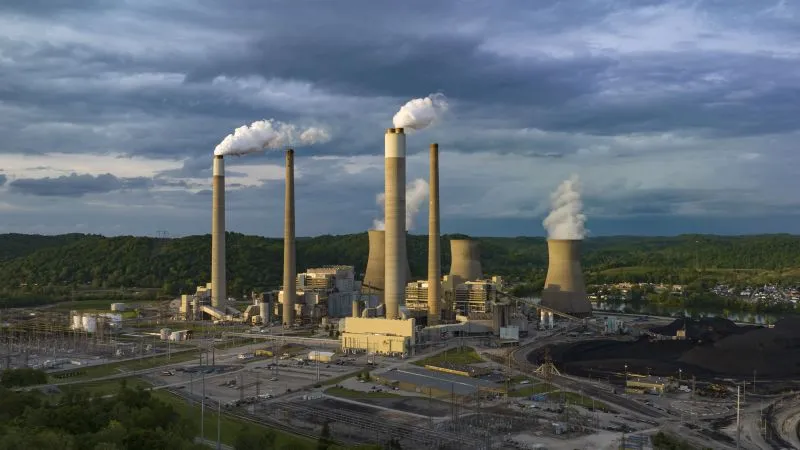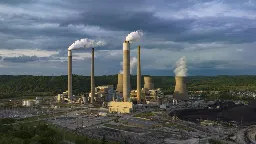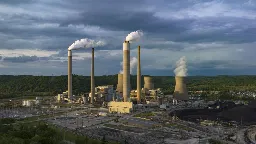America's richest 10% are responsible for 40% of its planet-heating pollution, new report finds
America's richest 10% are responsible for 40% of its planet-heating pollution, new report finds

America's richest 10% are responsible for 40% of its planet-heating pollution, new report finds | CNN Business

America’s wealthiest people are also some of the world’s biggest polluters – not only because of their massive homes and private jets, but because of the fossil fuels generated by the companies they invest their money in.

